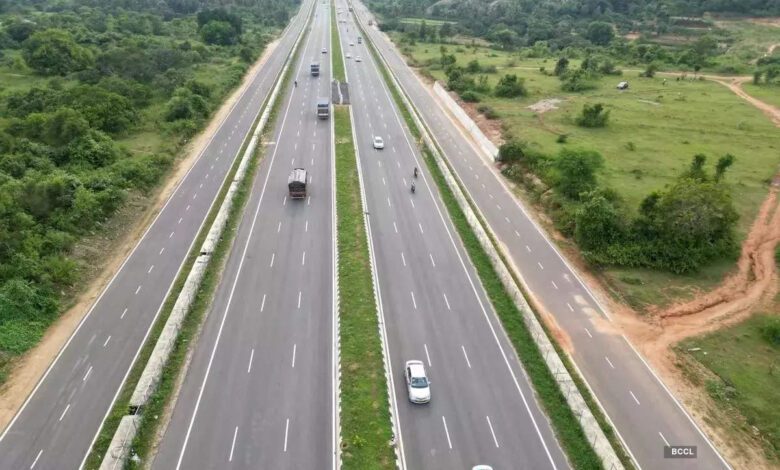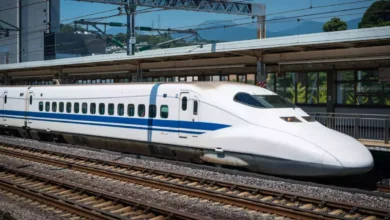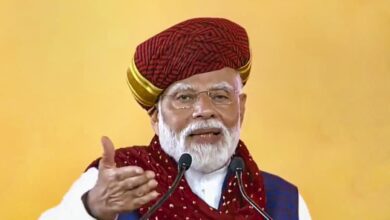Road Transport Ministry plans to lay down 41,000 Km National Highways by 2031-32
When completed, this effort has the potential to nearly quadruple the average travel speed on the National Highway (NH) network from 47 kmph to a stunning 85 kmph.

A plan to construct and expand about 41,000 km of national hhighways, comprising 15,000 km of high-speed (access-controlled) lanes, has been put up by the Union Road Transport Ministry by 2031–2022.
According to the concept, the first phase of the projected master plan for highway expansion would put out bids by 2028–2029 and finish construction by 2031–2022.
To guarantee that these sections are reachable within 100–150 km from any location in India and to relieve traffic on the NHs surrounding cities and metropolitan regions, high speed corridors have already been established.
According to the Ministry’s estimates, India would eventually require roughly 50,000 km of high-speed corridors for this. According to a TOI article, the fulfillment of this innovative plan will require an expenditure of Rs 19.5 lakh crore.
When completed, this effort has the potential to nearly quadruple the average travel speed on the National Highway (NH) network from 47 kmph to a stunning 85 kmph. A comparison shows that the current average travel speed on US roadways surpasses 100 kmph, whereas it is 90 kmph in China. The government anticipates that this large improvement in speed will help to the government’s aim of decreasing logistics costs to 9-10% of GDP, down from the current 18%.
Only 3,900 kilometers of high-speed lines are now active in the country, with forecasts indicating that this figure would climb to nearly 11,000 kilometers by 2026-27. Recognizing this significant gap, 36,500 kilometers of new high-speed routes have been planned to solve traffic concerns. According to government sources, the focus over the next two decades will be mostly on the development of four and six-lane roadways.
“Keeping in mind this huge gap, new high-speed corridors of 36,500 km have been identified that will address congestion. In the next 20 years, the focus will be more on building four and six lane highways,” the Ministry said.
According to the idea, around 57% of the money for the first phase of development would come from the budget, with the remaining 43% coming from private investment.
This ambitious project is a huge step forward in improving India’s transportation infrastructure, and it coincides with the government’s objective for robust economic development and lower logistics costs.
You might also be intersted in – Varied road crash fatalities reported by NCRB and transport ministry, differing by up to 42 percent



